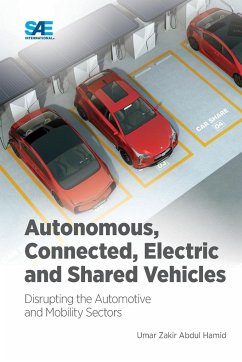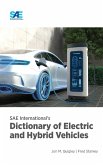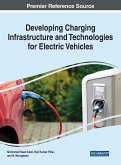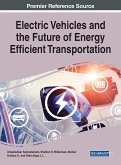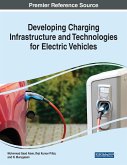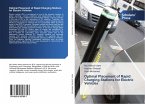We are at the beginning of the next major disruptive cycle caused by computing. In transportation, the term Autonomous, Connected, Electric, and Shared (ACES) has been coined to represent the enormous innovations enabled by underlying electronics technology. The benefits of ACES vehicles range from improved safety, reduced congestion, and lower stress for car occupants to social inclusion, lower emissions, and better road utilization due to optimal integration of private and public transport. ACES is creating a new automotive and industrial ecosystem that will disrupt not only the technical development of transportation but also the management and supply chain of the industry. Disruptions caused by ACES are prompted by not only technology but also by a shift from a traditional to a software-based mindset, embodied by the arrival of a new generation of automotive industry workforce. In Autonomous, Connected, Electric and Shared Vehicles: Disrupting the Automotive and Mobility Sectors, Umar Zakir Abdul Hamid provides an overview of ACES technology for cross-disciplinary audiences, including researchers, academics, and automotive professionals. Hamid bridges the gap among the book's varied audiences, exploring the development and deployment of ACES vehicles and the disruptions, challenges, and potential benefits of this new technology. Topics covered include: ¿ Recent trends and progress stimulating ACES growth and development ¿ ACES vehicle overview ¿ Automotive and mobility industry disruptions caused by ACES ¿ Challenges of ACES implementation ¿ Potential benefits of the ACES ecosystem While market introduction of ACES vehicles that are fully automated and capable of unsupervised driving in an unstructured environment is still a long-term goal, the future of mobility will be ACES, and the transportation industry must prepare for this transition. Autonomous, Connected, Electric and Shared Vehicles is a necessary resource for anyone interested in the successful and reliable implementation of ACES. "ACES are destined to be a game changers on the roads, altering the face of mobility." Daniel Watzenig, Professor Graz University of Technology, Austria
Hinweis: Dieser Artikel kann nur an eine deutsche Lieferadresse ausgeliefert werden.
Hinweis: Dieser Artikel kann nur an eine deutsche Lieferadresse ausgeliefert werden.

